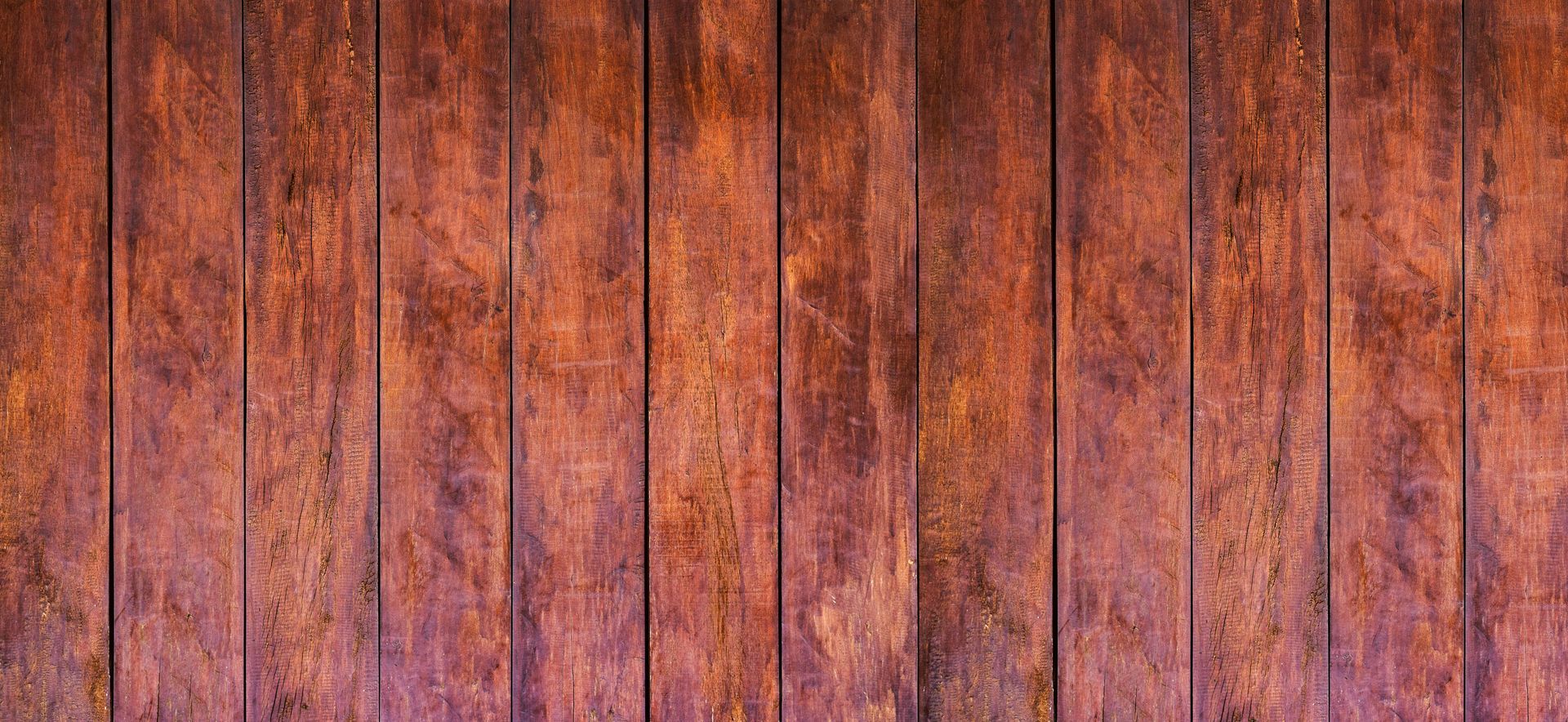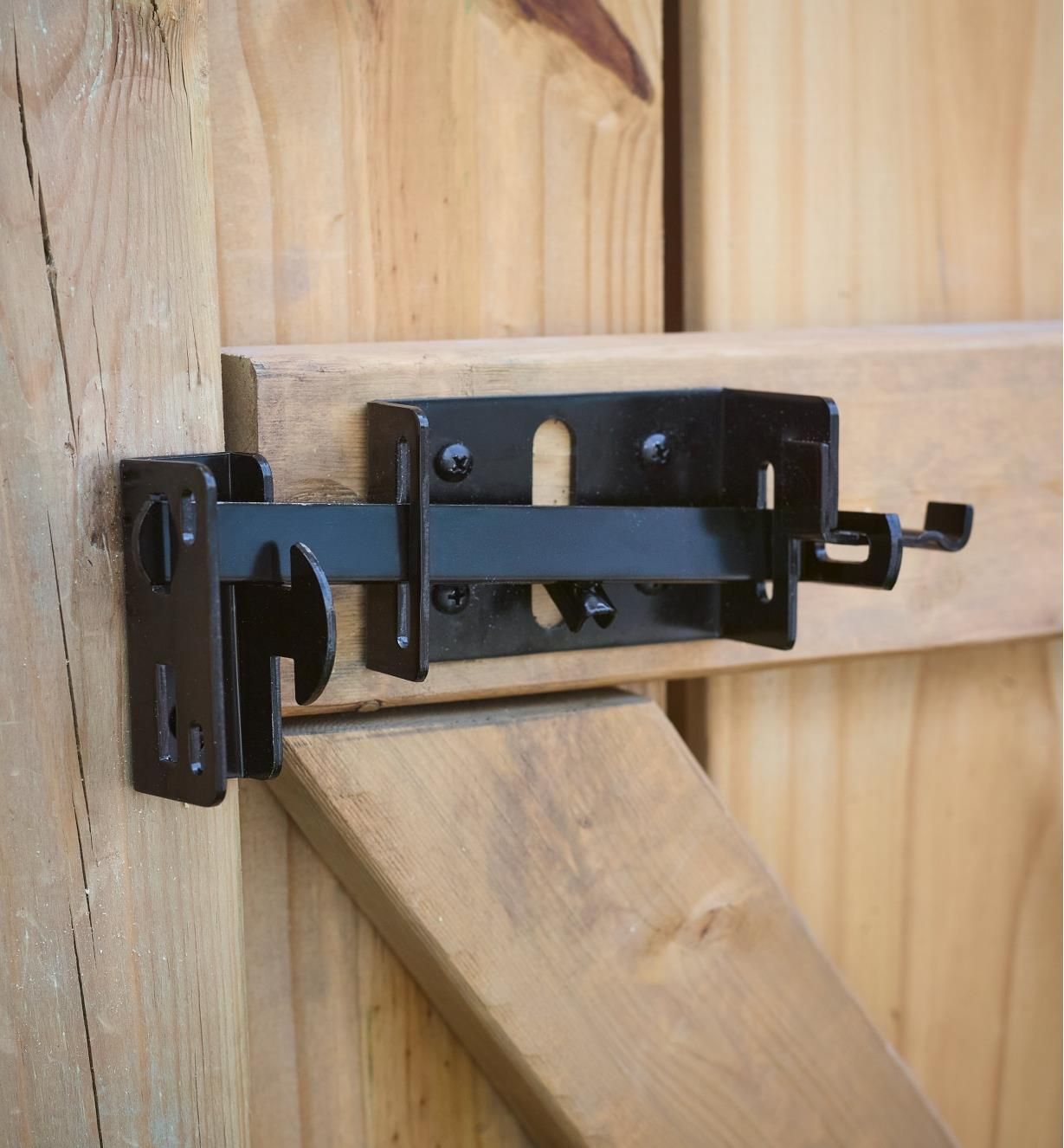Fencing
A fence enhances your home’s curb appeal and can provide security and privacy. If you’re replacing a fence that has seen better days or installing one for the first time, Plummer’s Contracting can help you design an attractive, practical wood or vinyl fence for your home.
Considering a Vinyl Fence?
Vinyl fencing is incredibly sturdy and easy to care for. It withstands moisture and UV exposure, doesn’t require annual staining or painting, and cleans quickly with a hose or pressure washer. You can customize many elements of vinyl fencing, including the style, height, color, post caps and finials, gates, and fence layout. Potential drawbacks to a vinyl fence include a higher initial cost and the potential for surface staining from mildew or mold.
Pros and Cons of Wood Fencing
There’s a reason why a white picket fence is a feature in most descriptions of an idyllic home. Wood fencing has several styles, including picket, horizontal, split-rail, and many more. Naturally occurring and responsibly sourced, it is an eco-friendly fence material. Wood fences are also more cost-effective and accessible to repair than vinyl styles.
The good far outweighs the bad with wood fencing, but they do have two significant negative aspects you should be aware of:
Wood fences require regular maintenance. You must paint or stain wood fencing every one or two years to prevent moisture damage and rotting. You’ll also need to clean a wood fence more frequently than a vinyl one because a grime buildup can deteriorate the protective coating.
Wood fencing is more susceptible to damage from weather and insects. Termites have zero interest in vinyl fencing, but wood fences are like gourmet dishes for these destructive pests.
The Best Woods for Fencing
Reasons to Install a Privacy Fence
A privacy fence makes your property more secure. It will help deter trespassers and prevent your kids and pets from wandering into the street or neighboring properties. A fence will also conceal valuable items in your yard and protect you from vandalism.
A privacy fence is ideal if you have a pool and want to swim or sunbathe without being seen by your neighbors or passersby.
Arguments over property lines are common; a fence will clearly define yours.
Privacy fences are decorative additions to your property that can increase your home’s value if you sell it.
Fence Gate Options
Most fences have a single standard gate wide enough for a person to pass through. These gates are usually the same height as the fence, and you can customize the top with arches, arbors, or latticework. Double gates range from 10 to 16 feet wide and are handy for moving large objects, like lawn equipment, and recreational vehicles, like four-wheelers.
Our Fence Gate Latch Options
How Much Does a Fence Cost?
Depending on the material you choose and the size of the fence, you can expect to pay between $25 and $35 per linear foot. We offer a one-year warranty on our fencing, with the option to purchase an extended warranty. Plummer Contracting accepts cash, checks, wire transfers, Venmo, Cash App, credit and debit cards.
Enhance your property with a wood or vinyl fence built by Plummer Contracting. We’re veteran-owned and never compromise quality for profit. You can also rely on us for flooring, decking, patios, and Starlink Internet Service installation.
Plummer Contracting proudly serves all of Kentucky and areas in Ohio. Call us today at (859) 340-2881 to request a free quote.





